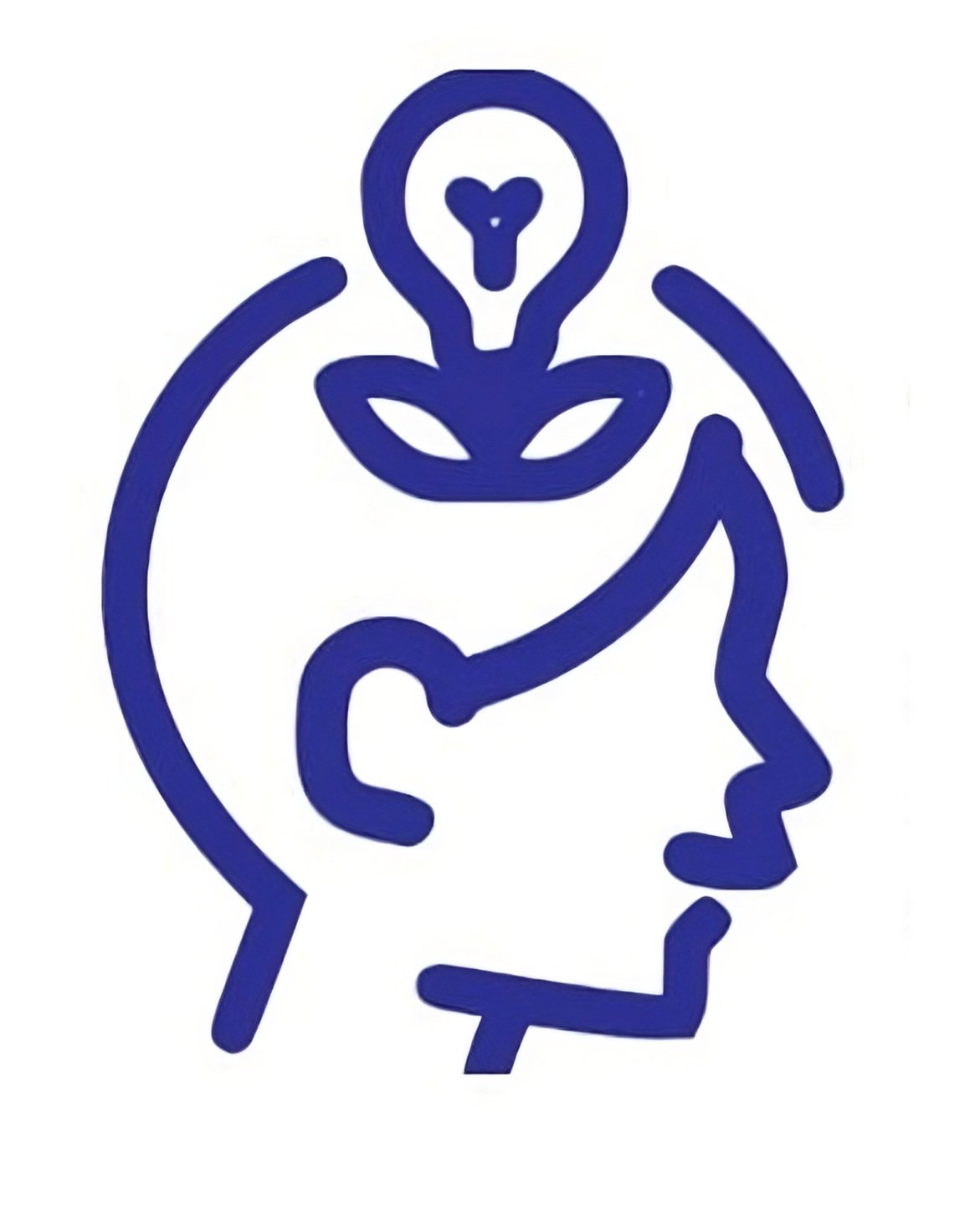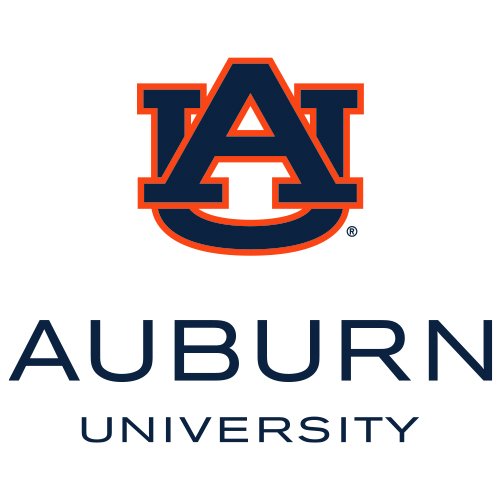College Anatomy and Physiology Tutoring
Get connected with an amazing Anatomy tutor or phenomenal Physiology tutor today.
Trying to learn the over 600 muscles, 78 organs, and 206 bones in the human body is not an easy task. Neither is learning how they all work together and allow the human body to function. That is where we can help you! Whether you are a nursing, non-science major, pre-graduate, or pre-professional student, we have a tutor who can work with you to meet your goals. Our expert anatomy and physiology tutors are well versed in these subjects, and we are ready to provide the personalized help that you need not to just pass your anatomy and physiology classes, but to excel.
Want feedback from parents and students? See below for testimonials from students and parents at schools across the country.
Frequently Asked Questions
Why Tutoring By A College Professor?
Anatomy and Physiology courses are known to be fast paced and intimidating. We have helped thousands of students stay on track and anticipate upcoming challenges in courses. We provide the best individual instruction with truly unique and personalized techniques for each student. We work directly with students to find how they best learn and utilize this to provide individualized and efficient tutoring. Please call 614-264-1110 today for a free consultation and sign up now.
How is this different from other online resources?
The internet has many great resources for students, but they are generally not enough because they are made with a “one size fits all” approach. We can provide you with one-on-one tutoring that is personalized. We can also assess students to find out where their specific weaknesses are and provide instruction to strengthen these in order to maximize their studying.
How can you help with the memorization required for anatomy?
Anatomy courses do generally require some memorization; however, it does not have to be all memorization. Our tutors know that anatomy is best learned by understanding the material and making associations instead of merely memorizing and quickly forgetting the material. Our methods of teaching allow for greater retention required for midterms, final exams, and future courses!
How are tutoring sessions conducted?
Tutoring sessions are online on Zoom. You can tutor from the comfort of home or the bustle of a coffee shop. It’s up to you.
How long are most tutoring sessions?
Students typically tutor in 1 hour increments, but sessions can run as long as you need.
What if I need an emergency tutoring session for a test tomorrow?
Don’t hesitate to call us at 614-264-1110. We can have you connected with a tutor today to begin scheduling.
What colleges do you help with?
We tutor a vast variety of courses at universities across the nation. If you do not see your student’s school or class listed below, we have likely still helped with the course previously and are still highly qualified to help-- our tutors are amazing experts in anatomy and physiology. Please call 614-264-1110 for more information.
Anatomy:
The Ohio State University: ANAT 2300, ANAT 3300, EEOB 2510, ANAT 4300
University of Michigan: ANATOMY 203, ANATOMY 303, ANATOMY 403
Michigan State University: ANTR 350, ANTR 355
Indiana University: MSCI M115, ANAT A215, ANAT A487, ANAT A587
University of Illinois Urbana-Champaign: MCB 244, MCB 245, MCB 246, MCB 247
Vanderbilt University: BSCI 2101, BSCI 3101
Clemson University: BIOL 2220, BIOL 2221, BIOL 2230, BIOL 2231
University of Alabama: BSC 215, BSC 216
University of Miami: HCS 212, HCS 213
New York University: BIOL-UA 23
Northwestern University: BIOL_SCI 313-CN, BIOL_SCI 313-DL, BIOL_SCI 317-CN
Emory University: NRSG 201, NSRG 202
Washington University St. Louis (WashU): BIOL 4580
NC State University: BIO 240, BIO 245
University of Wisconsin-Madison: ANAT&PHY 337, ANAT&PHY 338
Marquette University: BISC 1015, BISC 1035, BISC 2015, BISC 2016, BISC 3135
Penn State University: BIOL 129, BIOL 161, BIOL 162, BIOL 163, BIOL 164
Physiology:
The Ohio State University: PHYSIO 3200, EEOB 2520
University of Michigan: PHYSIOL 201
Michigan State University: PSL 250, PSL 310, PSL 311L, PSL 431, PSL 432
Indiana University: MSCI M115, PHSL P214, PHSL P215
University of Illinois Urbana-Champaign: MCB 244, MCB 245, MCB 246, MCB 247, MCB 402
Vanderbilt University: BSCI 2101, BSCI 3101
Clemson University: BIOL 2220, BIOL 2221, BIOL 2230, BIOL 2231
University of Alabama: BSC 215, BSC 216
University of Miami: HCS 215, HCS 216
New York University: BIOL-UA 4, BIOL-UA 7, BIOL-UA 25, BIOL-UA 27
Northwestern University: BIOL_SCI 316-CN, BIOL_SCI 318-DL
Emory University: BIOL 336, NRSG 201, NSRG 202
Washington University St. Louis (WashU): BIOL 3058, BIOL 328
NC State University: BIO 240, BIO 245
University of Wisconsin-Madison: ANAT&PHY 235, ,ANAT&PHY 335, ANAT&PHY 435
Marquette University: BISC 1015, BISC 2015, BISC 2016, BISC 4145, BISC 4147
Penn State University: BIOL 141, BIOL 142, BIOL 161, BIOL 162, BIOL 163, BIOL 164
Pathophysiology:
The Ohio State University: HTHRHSC 5500
Michigan State University: PSL 450
Indiana University: MSCI M131, MSCI M360, MSCI M485
University of Illinois Urbana-Champaign: MCB 320, MCB 458
Vanderbilt University: BSCI 4243
Marquette University: BIOL 1410, BISC 3150, BISC 4151, BISC 4151H
Testimonials
See what Anatomy and Physiology students and their parents say about their experience with Tutoring By A College Professor. To search for testimonials by school, go to our Testimonials section at the top:
General Anatomy Tutoring:
Anatomy is the study of the structure of the human body, the “what” and “where.” This differs from physiology courses that focus on the functions of the human body, the “how” and “why.”
Anatomy courses can be structured in different formats. Some courses break down into sections based on part of the body- “Upper Extremity,” “Head and Neck,” etc, whereas others break down into the type of structure- muscles of the whole body, then bones of the body, etc. No matter which structure your course has, the material remains consistent.
Common topics in general anatomy:
Muscles- origin, insertion, action, and innervation. Bones- bony markings and joints. Nerves- their path in the body and what they do. Blood vessels (arteries and veins)- their path in the body and where they supply. Organs- where they are and their function.
Here are some tips from some of our expert anatomy tutors:
Muscles: focus on the muscle groups. Our muscles are grouped based on location (ex: anterior thigh, shoulder, etc) and may share common origins, insertions, actions, or innervations. Focus on the similarities, know those, and then learn the nuances and differences between all of the muscles within a group. This technique will maximize your knowledge.
Nerves and Blood vessels: find your anchor. Remember that all blood vessels and nerves come from somewhere. Start from somewhere in the body you know, your “anchor,” and then trace your way to the new nerve or blood vessels that you are learning. Example: start at the aorta as your “anchor” and then follow it as it changes names until it becomes the dorsalis pedis in the foot. This allows for a better comprehensive knowledge of the body, but also allows you to connect your new knowledge with what you already know, thus promoting better retention.
Get an App: Anatomy is a visual course. Get an anatomy app and manipulate the skeleton to get a better hands on understanding of the material. There are so many apps, so find one that works for you! Here are some options: Free apps, apps requiring payment, anatomy and physiology apps, comprehensive apps.
General Physiology Tutoring:
Physiology is the study of the functions of the human body, the “how” and “why.” This differs from anatomy courses that focus on the structure of the human body, the “what” and “where.”
Common topics in general physiology:
Organ systems: muscular, reproductive, integumentary, respiratory, digestive, lymphatic, nervous, endocrine, cardiovascular, skeletal, urinary
Here are some tips from some of our expert physiology tutors:
Learn your organs within each system first. It is very difficult to learn what a system does if you are not sure what is in it! After learning the parts, ask yourself (or your tutor!) what the purpose is of each organ. Then begin connecting all of the organs together. Additionally, write out the steps of the system. Example: the cardiovascular system has 13 main steps of how blood circulates throughout the heart, write it out, draw it out!









